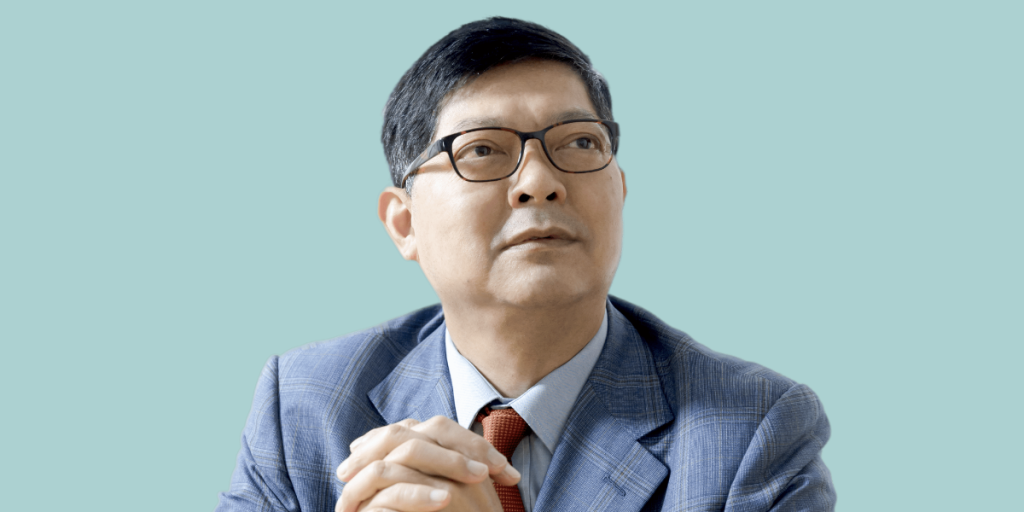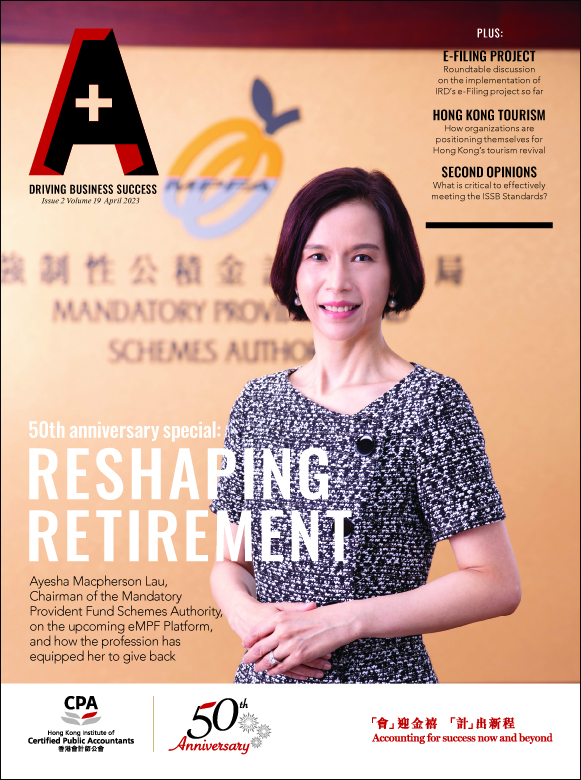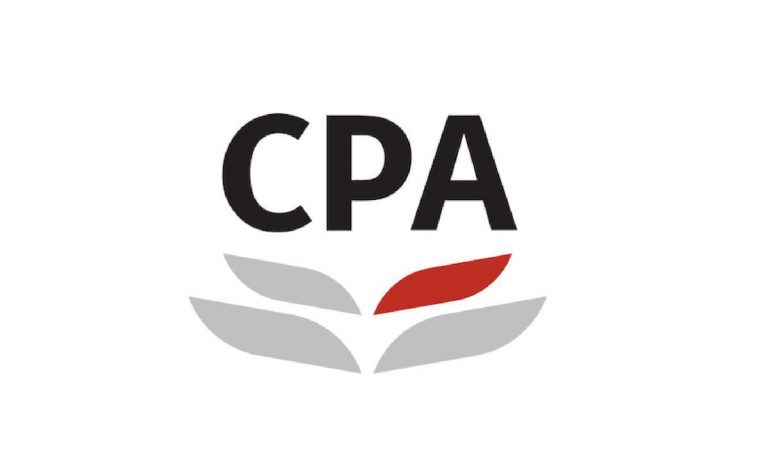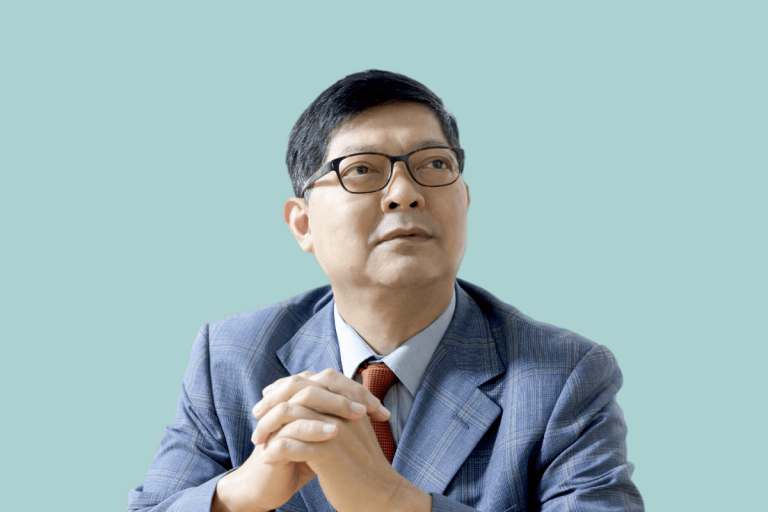Special purpose acquisition companies (SPACs) first appeared as “blank-check corporations” in the 1980s, according to a Harvard Business Review article, but did not grow in prominence until recently as they were not well regulated by the authorities. Due to the uncertain economic environment and the frequent fluctuating valuation of companies, a new regulatory framework was introduced and blank-check companies were rebranded as SPACs, publicly traded corporations formed with the sole purpose of effecting a merger with a privately held business to enable it to go public. Since then, the overall quality and investment performance of the investment vehicle has continuously improved and become more mature.
SPAC activity has experienced rapid growth in recent years, and has been centred mostly around the United States. In 2019, there were 59 SPAC initial public offerings (IPOs) in the U.S., raising over US$12 billion. In 2021, there were 613 SPACs listed, raising US$162 billion, which represented 49 percent of U.S. IPO proceeds.
Certain advantages of a SPAC make it an attractive alternative to a traditional IPO for target companies, such as faster capital-raising, fewer requirements, higher valuations, lower fees, and more certainty and transparency. It is basically a new channel to access the capital markets. Most SPACs focus on companies that are disrupting consumer, technology, and biotech markets, as well as mature unicorns.
Nonetheless, not all SPACs will find target companies for a merger, and will consequently fail. Through a SPAC, sponsors raise a pool of cash in an IPO and place that cash in a trust to be used solely to acquire a target company. If the SPAC fails to complete that initial business combination – or “de-SPAC” transaction – within two years, it must be liquidated and the proceeds raised in the IPO must be returned to the public shareholders.
To enhance the competitiveness of Hong Kong, as an international financial centre, the Hong Kong Stock Exchange (HKEX) listed the first SPAC on its Main Board on 18 March 2022 following its introduction of a listing framework for SPACs in January 2022. Since then, various SPAC applications have been submitted for approval.
In the U.S., SPACs are facing many challenges, according to Kroll’s Market Report for 2022. For instance, the market has coincided with an increased regulatory scrutiny environment, a declining stock market and rising interest rates. There were over 386 SPACs active and seeking targets as of 31 December 2022. During 2022, there were 86 IPOs, totalling over US$13 billion in gross public proceeds. There were also 102 completed de-SPAC transactions that year, with a total enterprise value of over US$183 billion.
About the e-Series
The “Understanding Special Purpose Acquisition Company for Accountants” e-Series covers essential information about SPACs that accountants need to know and understand, including what a SPAC is, reasons for its popularity, its structure and the work, process and timelines involved, as well as success elements and risk factors. The HKEX listing framework will also be covered, as well as accounting considerations and a comparison between listing via a SPAC and direct listing and a traditional IPO.
In the course, I will also share my personal experience and perspective as an investor of a SPAC, and provide further insights to participants about the financial and strategic benefits of a successful merger, and how the SPAC model can create value for different stakeholders: sponsors, investors and target companies.
Chester Chu is the Founder and Chief Executive Officer of Fruit Tree Group, whose business subsidiaries cover securities and stock brokerage in Hong Kong, as well as financial advisory services in Henqin, Zhuhai and Macau. He is also the Chairman of The Hong Kong Association of Financial Advisors Ltd. and The Institute of Certified Finance and Responsible Officers Ltd. With more than 27 years of financial industry experience, he has participated in several fund-raising exercises for many Hong Kong-listed companies.
















